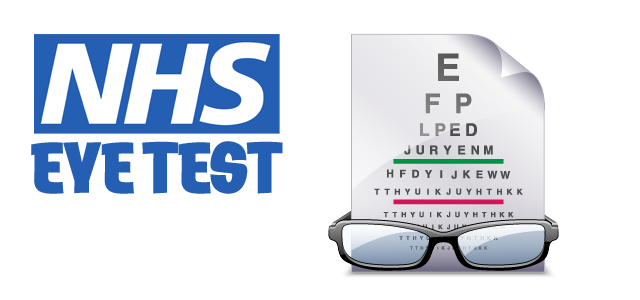![]()
Jack Brown Eyecare, Edinburgh Opticians.
Email: info@jbeyecare.com
Jack Brown Eyecare Branches
30 Elder Street, Edinburgh EH1 3DX
Tel: 0131 557 3531
Open in Google Maps
Westside Plaza, Edinburgh EH14 2SW
Tel: 0131 442 2333
Open in Google Maps

What is Episcleritis?
An inflammation of the episclera, a membrane covering the sclera of the eye.
Causes, incidence, and risk factors
The sclera is composed of collagenous fibres to form a white, hollow ball. It is the skeleton of the eyeball and is covered by the episclera, a thin layer of tissue containing many blood vessels that nourish the sclera. On the front of the eye, the episclera is covered by the conjunctiva. Inflammation of the episclera is usually mild and usually does not progress to scleritis. The cause is unknown, but certain diseases such as rheumatoid arthritis, Sjogren's syndrome, syphilis, herpes zoster, and tuberculosis have been associated with episcleritis. It is a common condition.
Signs and Symptoms
Episcleritis presents as a relatively asymptomatic acute onset redness in one or both eyes. Typically, you'll observe a sectoral injection of the episcleral and overlying conjunctival vessels, although the redness may be diffuse throughout these tissues. Occasionally, there may be a translucent white nodule centrally within the inflamed area (nodular episcleritis). While some patients complain of mild pain or tenderness to the affected region, particularly upon manipulation, often there is no associated discomfort. The cornea remains clear in this condition, although long-standing or recurrent episcleritis may lead to dellen formation. There is no associated anterior chamber reaction. Other symptoms include:
- eyes, bloodshot
- a pink or purple coloration to the eyeball
- eye pain
- sensitivity to light
- eye tenderness
- tearing of the eye
Pathophysiology
A benign inflammatory condition of the external eye, episcleritis is seen most commonly in young adults. Women appear to be affected slightly more often than men. The disorder is idiopathic in the majority of cases, however in certain instances there may be an association with some underlying systemic disease such as rheumatoid arthritis, polyarteritis nodosa, systemic lupus erythematosus, inflammatory bowel disease, sarcoidosis, Wegener's granulomatosis, gout, herpes zoster virus or syphilis.
Management
Most cases of episcleritis are self-limiting, meaning that they will resolve spontaneously within two to three weeks even if the patient does not undergo treatment. However, patients who are experiencing discomfort may benefit from a regimen of topical anti-inflammatory agents and lubricants.
Typically, prednisolone acetate 1% or fluorometholone acetate applied Q3-4H will speed resolution and decrease the tenderness. The patient may use cold compresses and artificial tears liberally if discomfort persists. More severe cases, particularly nodular episcleritis, may require oral NSAIDs to quell the inflammation.
Re-examine patients weekly. For those on topical steroid therapy for more than two weeks, perform tonometry to monitor for elevation of IOP. Because of the association with systemic disorders, refer patients with extremely severe presentations or more than three recurrences for a medical evaluation.
Clinical Pearl
- Episcleritis is one of those conditions, like subconjunctival hemorrhage, that typically looks worse than it is. Reassure patients that they do not have "pink-eye." However, be sure to distinguish this condition from the more severe scleritis, which is far more painful and may have implications that are more serious.
- In severe or diffuse cases in which the differential diagnosis is more difficult, blanching the conjunctiva and episclera with phenylephrine 2.5% will allow for better evaluation of the underlying sclera.
- When searching for the cause of episcleritis, remember that inflammatory bowel disease, ulcerative colitis, and Crohn's disease are the most commonly associated systemic disorders.
Prevention
There is no known way to prevent this disorder.
Signs and tests
Eye examination is usually sufficient to diagnose the disorder. No tests are usually necessary.
Treatment
The inflammation is often runs its course without treatment in 1 to 2 weeks. Topical therapy with corticosteroid eye drops may hasten the resolution of inflammation in 3 or 4 days.
Expectations (prognosis)
Episcleritis usually runs its course without treatment. It also responds well to treatment.
Complications
- relapses may occur
- rarely, scleritis may develop
Calling your health care provider
Call your optometrist or GP if symptoms of episcleritis persist, or if the eyes are very painful. Also, call if vision decreases.
text size >












